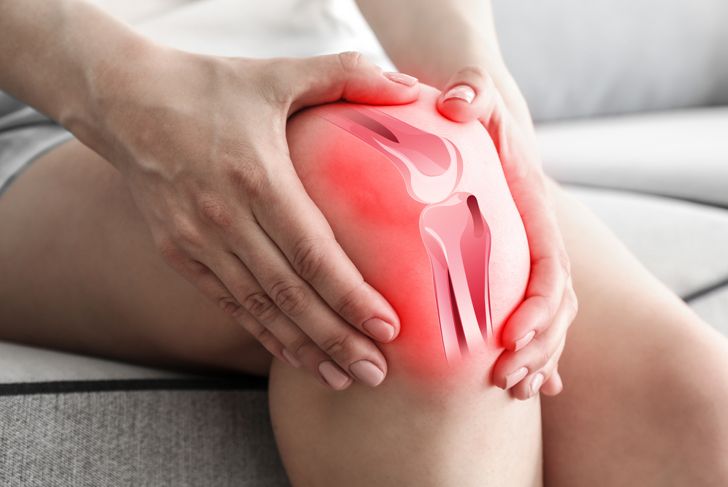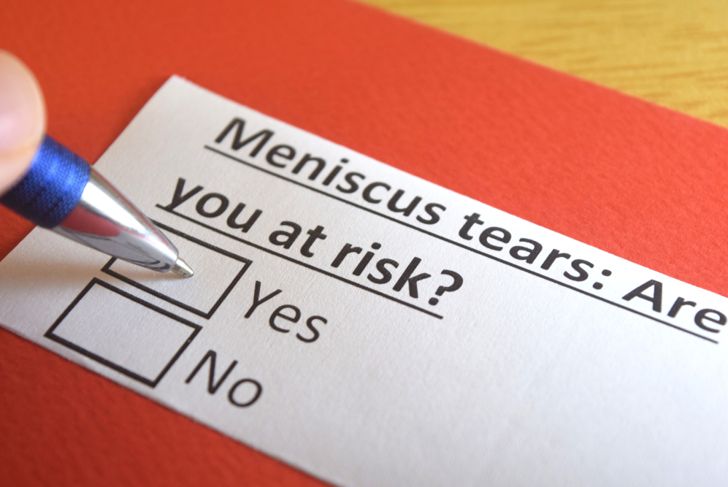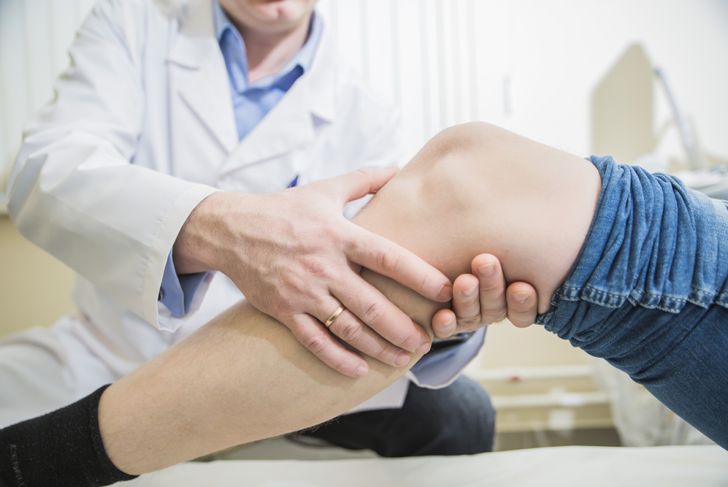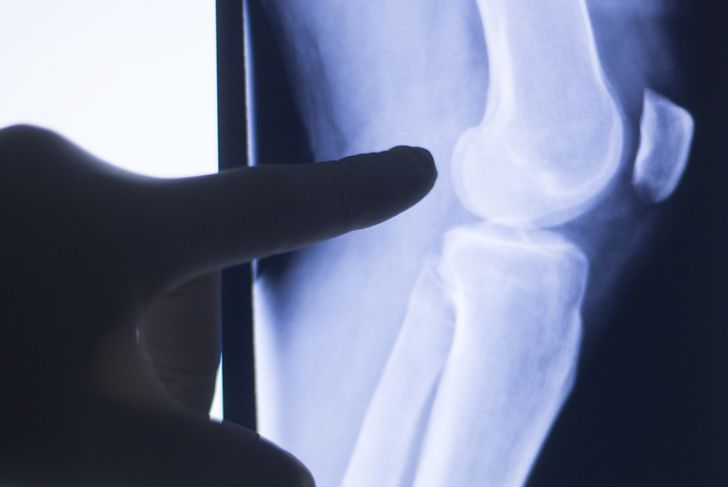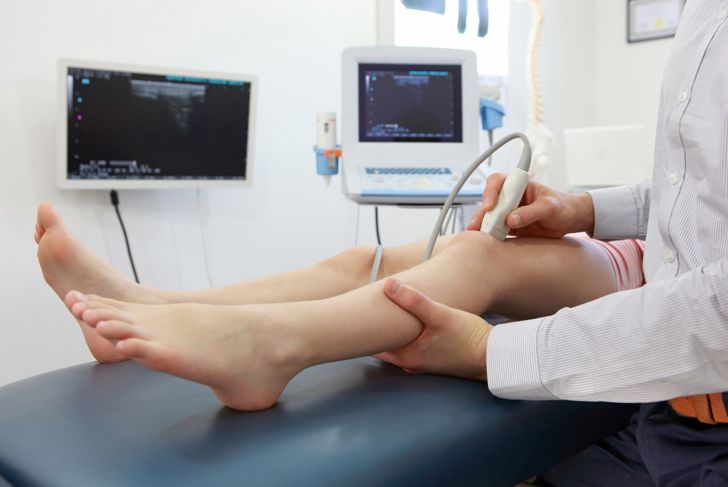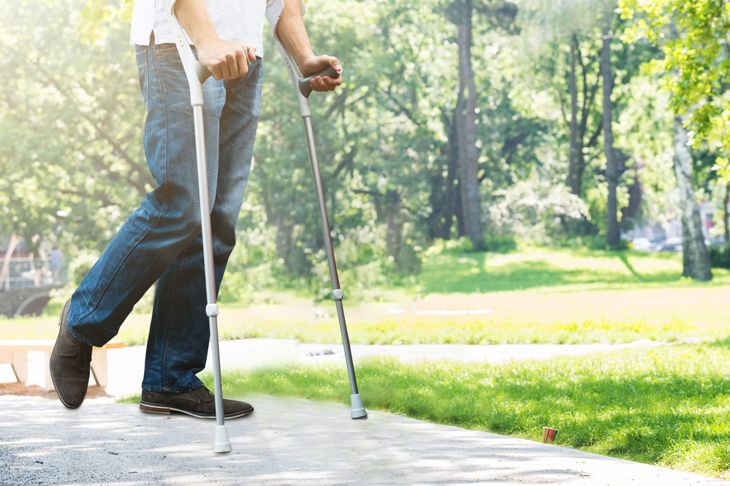A torn meniscus can be very painful and often requires medical care. The injury can occur when a person undertakes strenuous twisting involving the knees, especially during sports. Although there are several symptoms, pain and swelling are the most common. Depending on the location and severity, an individual with a torn meniscus may need medication, surgery, or physical therapy.
What Is the Meniscus?
The meniscus is the thin, fragile tissue between the knee joints. It acts as a cushion and shock absorber and is crucial to keeping the joint stable. It also helps more evenly distribute body weight across the knees. Without the meniscus, the joints and bones would push and rub together, causing regular wear and tear and inevitable damage.
How Does the Meniscus Tear?
There are a few ways to cause this type of injury. Falling or landing too hard on the knees can cause the meniscus to tear, as can extreme twisting or pivoting of the knee area, as might happen in a soccer game when players quickly change direction on the field.
What Are the Symptoms of a Torn Meniscus?
There are several signs of a torn meniscus. The most common and obvious one is severe pain in the area of the knee, especially when moving or extending the leg. Some people may notice mild to severe swelling in the knee, stiffness or difficulty walking, and an inability to move the knee or leg through its normal range of motion. The knee may also pop, lock, or give way with movement or weight-bearing.
When Should You See a Doctor?
When pain in the knee develops, avoid using or moving the leg as much as possible until a doctor can examine the area. Once he or she has determined the severity of the injury, patient and doctor can agree on a treatment plan that may require surgery. More often, however, self-care and possibly pain medication are sufficient. Following a diagnosis of a meniscus tear, follow up appointments will ensure everything is healing properly. Some people require physical therapy.
Can a Torn Meniscus Heal on its Own?
There are instances where meniscus tears heal on their own. This depends on the type of tear, such as how large the affected area is and where the tear occurred. Doctors look at two areas of the meniscus to determine treatment. If the tear occurs on the outside of the meniscus, then it may heal on its own. Tears to the inner part of the tissue are more likely to require surgery.
What’s the Difference Between the Two Meniscus Areas?
Doctors divide the meniscus into two main parts. The first part is the red zone, the outer portion of the meniscus. Healing without advanced treatment is most likely here because blood flow is richer in this area. The inner part of the meniscus is the white zone. Blood doesn’t flow as well to this region, so it does not heal as readily.
What Is the Surgical Treatment?
Arthroscopy is the most common procedure to treat a tear of the meniscus. Surgeons make small incisions around the knee that allow them to insert surgical instruments. One of these is an endoscope, a small camera that allows them to see within the tissue. Another tool will trim or stitch the damaged area.
How Long is the Recovery Time?
Recovering from a torn meniscus can take six to eight weeks, though some people heal more quickly. Generally, the patient requires a walker or crutches for mobility until the area heals completely. This ensures the individual does not place too much pressure on the knee and cause re-tearing or further damage.
What Happens Without Treatment?
Besides constant pain, not seeking medical help for a torn meniscus can lead to complications to the knee joints and surrounding areas. The joint and bone rubbing together raise the risk of arthritis. Damage to the joint surface can further tear the meniscus, and the more advanced the injury, the longer it takes to heal and the greater risk of lasting issues.
How Serious Is a Torn Meniscus?
With proper care, a minor tear to the meniscus does not have to be serious in the long term. However, even a moderate tear that may be able to heal on its own, may not heal if the individual continues to place stress on the knee. In more extreme cases, pieces of the meniscus can get stuck in the joints of the knee and cause a popping sensation during movement. Surgical removal of these pieces is required to prevent pain and other issues in the future.

 Home
Home Health
Health Diet & Nutrition
Diet & Nutrition Living Well
Living Well More
More